Groundnut oil production process, based on mechanical pressing technology, can be divided into three steps: oilseed preparation, pressing and crude oil refining. (Read more about Groundnut Oil Processing Machine>>)
The oilseed requires undergoing a thorough cleaning process to remove sand, stalk, plant debris and any other foreign matters by rotary or table sieve. Usually, the screening process is assisted by cleaning sieve. Post cleaning, the seeds have to be prepared for efficient oil recovery by pressing. The stages involved are size reduction of the seeds by breaking them and then conditioning the seeds by adjusting their moisture content and temperature, while keeping the seeds hot (say 90-95oc) for a period of 30-60 minute. Then the prepared seed shall be conveyed to the screw oil press machine where it is pressed by the action of worm and outer shell. The crude oil so obtained from the pressing will be first clarified in a settling tank and then shall be pumped through the oil filter machine.
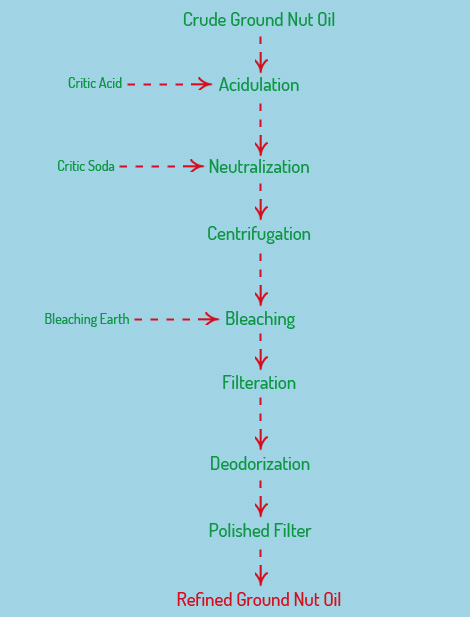
The filtered crude groundnut oil will be pumped to the edible refinery machinery where it shall pass through three stages of refining: neutralization, bleaching and deodorization.
Neutralization : To reduce the level of free fatty acid (FFA) in the oil, caustic soda is mixed with the crude oil and the mixture is fed to a hydration tank. The neutralized oil may have trace of soap which is a by-product of the neutralization process. Therefore, the oil will be washed with water.
Bleaching: The neutralized oil is then pumped to the bleacher in which it is mixed with bleaching earth to improve the color of oil by the process called adsorption. At this stage, any undesirable impurities from the crude Groundnut oil are removed. This process improves the initial taste, final flavour and oxidative stability of the product. The bleached oil is then filtered to remove the bleaching earth leaving the oil with very low phosphorous levels and no soap.
Deodorization : The bleached oil, after being filtered, will be pumped to the deodorizer to avoid substances which are responsible for the odor of edible oil.

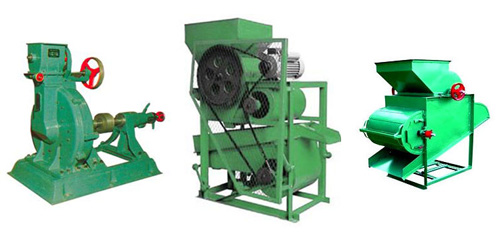
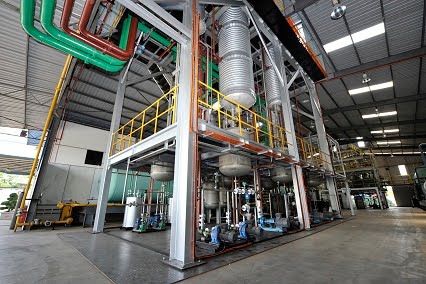
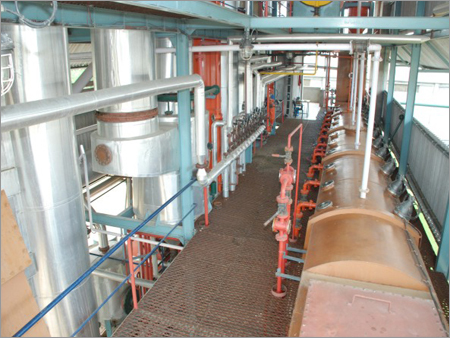
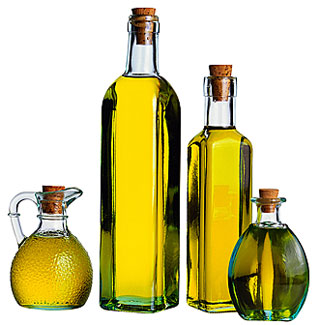
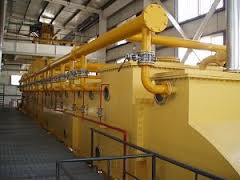 The soybean seed has nineteen percent oil. It also contains thirty-five percent proteins, and their commercial viability has made some people start soybean crushing industries. The major products that the crushing industries look for are the soybean crude oil and soybean meal, after the crushing, the oil undergoes refining and degumming. The refined oil then goes through bleaching, after which temporary hydrogenation is applied on it. The oil then undergoes deodorization. Soybean oil extraction is not complete without the important winterization stage that prevents it from clouding during cold times.
The soybean seed has nineteen percent oil. It also contains thirty-five percent proteins, and their commercial viability has made some people start soybean crushing industries. The major products that the crushing industries look for are the soybean crude oil and soybean meal, after the crushing, the oil undergoes refining and degumming. The refined oil then goes through bleaching, after which temporary hydrogenation is applied on it. The oil then undergoes deodorization. Soybean oil extraction is not complete without the important winterization stage that prevents it from clouding during cold times.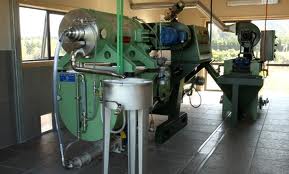 The next activity once the olives have been brought to the mill is to eliminate leaves, branches and any other impurities that can be handpicked. These are passed through a cleaner that rids of fine leaves, twigs and dirt to remain with pure olives. Olive Oil Processing mostly involves facilities with flush surfaces to ensure hygiene and safety of the finished product. Preferably, an olive oil processing plant should have stainless steel build for high quality and flavorful products.
The next activity once the olives have been brought to the mill is to eliminate leaves, branches and any other impurities that can be handpicked. These are passed through a cleaner that rids of fine leaves, twigs and dirt to remain with pure olives. Olive Oil Processing mostly involves facilities with flush surfaces to ensure hygiene and safety of the finished product. Preferably, an olive oil processing plant should have stainless steel build for high quality and flavorful products.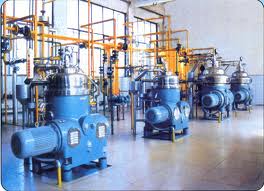 Bleaching is another step which is done using high-activity clay removes components that are “off-colored” from the oil. The clarity of the oil, especially those that will be refrigerated is done through a step known as dewaxing. Deodorizing involves the evaporation of compounds that are unstable by using steam that is of high pressure in treatment. Edible oils also need to be preserved and this step involves the use of BHA or BHT. Finally, filtration is the last step which helps remove large impurities but without the use of chemicals.
Bleaching is another step which is done using high-activity clay removes components that are “off-colored” from the oil. The clarity of the oil, especially those that will be refrigerated is done through a step known as dewaxing. Deodorizing involves the evaporation of compounds that are unstable by using steam that is of high pressure in treatment. Edible oils also need to be preserved and this step involves the use of BHA or BHT. Finally, filtration is the last step which helps remove large impurities but without the use of chemicals.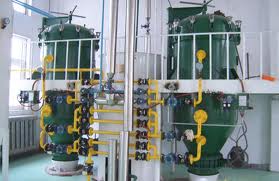 The process that the palm fruits are put through to be able to extract as much oil as possible begins with sorting. Here, the palm fruits that are not of the required quality are separated from the rest and disposed. The palm fruits that are of good quality are taken to the processing plant and are taken to another stage known as the conveyer system. At this stage the fruits are split into pieces that are much smaller before they are ushered into a cage where they are sterilized. The sterilization process removes any impurities making them ready for the rest of the production process. After sterilization, they are moved onto the threshing drum where the flesh is separated from the husks, then moved to the digesters. They are eventually placed in the presser where the extraction of the oil takes place but in a crude form.
The process that the palm fruits are put through to be able to extract as much oil as possible begins with sorting. Here, the palm fruits that are not of the required quality are separated from the rest and disposed. The palm fruits that are of good quality are taken to the processing plant and are taken to another stage known as the conveyer system. At this stage the fruits are split into pieces that are much smaller before they are ushered into a cage where they are sterilized. The sterilization process removes any impurities making them ready for the rest of the production process. After sterilization, they are moved onto the threshing drum where the flesh is separated from the husks, then moved to the digesters. They are eventually placed in the presser where the extraction of the oil takes place but in a crude form.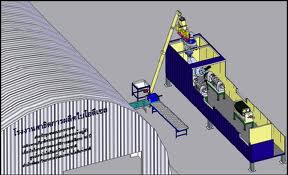
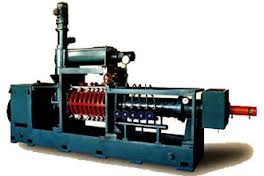 Good for Making Homemade Essential Oils
Good for Making Homemade Essential Oils